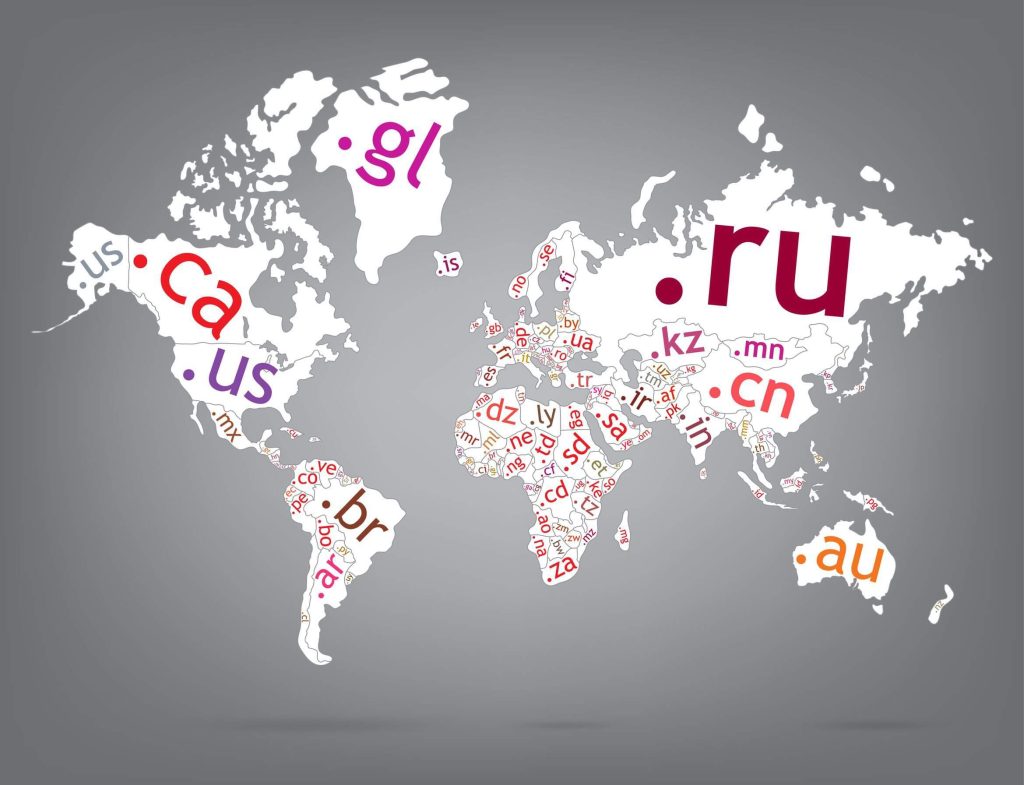To compete in today’s global markets businesses require multilingual websites, with professionally translated, localised content that will appeal to target audiences in specific areas.
Companies can offer their services, goods, or products 24 hours a day, 7 days a week, 52 weeks a year through the internet, the only catch is… ensuring your customers, consumers, and clients can understand you, and your website.
Customers have hundreds of options available to them at the touch of a button, so capturing their attention is vital. If you don’t ‘speak their language’, they are unlikely to hear your message.
The cost of translating your website, and localising content may initially appear high, but it can give limitless possibilities for expansion, growth and Return-on-Investment (ROI) in foreign markets – can your company afford to miss out?
If you are considering localising your website, this article will serve as a helpful preliminary planner, and guide in the initial stages, and help you to choose the best translation agency for your requirements.
Initiate Translation Tactics
This initial phase of the translation process is essential in achieving an end result that suits your company.
Investigate your marketing objectives, branding, products, and so on, and how they will fit into your new markets. Analyse your competitors, your target markets, and which languages you will require for specific areas. Be aware of cultural differences within new trading arenas, and attempt to understand the ethics of your target market.
Language is only the first step within the translation process – localisation gives a depth to translation that ensures you encompass more than just language variations.
If you are planning to translate into numerous languages you might want to consider a primary set of languages, and a secondary set that can be approached at a later date.
This will allow you to evolve your localisation plans in manageable phases, you can learn from any problems as they arise and apply them to your second translation phase. Check that your Language Service Provider (LSP) can handle all the languages your company requires.
Research Translation Teams
If you have never used a translation company before you will need to do some market research on what is available.
If you have colleagues in other companies who have used LSPs ask their advice, and opinion on recommendations. There is no better endorsement than a personal one from someone whose judgement you trust.
Consider what languages you will require, what technology might be needed (machine translation), and if you require specialist translation services for instance, medical documents, or highly technical specifications. Not all LSPs offer the same services, so check early on if you know you will require specialist translation services, or certifications for industry compliancy such as, International Organisation for Standardisation (ISO).
There are new proxy-based translation management systems that have changed the way some LSPs work. If you are likely require frequent updates on your translated website, for example, new product lines, changing prices, and so on, then it is worth considering using a proxy-based translation system that tracks when new content is added to your site, and automatically notifies your translation team. This eliminate the need to send documents back and forth between your company and your translation experts.
Investigate online reviews of different translation companies. Look at what they offer, and decide if they can give the quality, services, and languages you need. Refer back to your ‘Translation Tactics’ to check that you have covered all your requirements.
Once you’ve narrowed down your search, choose the top three translation providers and discuss your requirements with them. Translation and localisation experts do their job best when they are equipped with all the information, so share your knowledge of your company, demands, branding, and so on.
Translating your Brand
Your preliminary translation tactics should have given you a good grasp on how your brand/products/company will fit into your new markets.
This knowledge will allow you to create specific terminology that suits your company. Create a glossary of frequently used terms, key phrases, and more, for your LSP so they can reuse these in future translations, reducing costs, and turnaround times. This will also provide consistency of terminology throughout your different markets.
You should also try to provide a style guide for your translation team which will give them an understanding of your company brand, culture, and ethos. The voice of your company should be consistent around the globe.
Quality Assurance and Translation Testing
Ask your potential vendors how they handle Quality Assurance (QA), also known as translation testing, prior to completion of project.
Once translations are complete there should be an online trial to cover linguistic, visual, and functional processes. Find out if they can test with various browsers, formats, and languages before official launch.
Translation Quotes
You should request that your final three vendors all give you an itemised quote. Check these carefully, making sure that any comparison is accurate (don’t compare companies that offer vastly differing technology, certification, experts, and so on), as you are bound to see a difference in price structures. The cheapest option isn’t always the best.
Starting your Translation Project
Once you’ve selected your LSP you can organise a meeting to get the project rolling. Invite all appropriate team members from your company, and theirs.
Select an initial translation phase that covers a little of everything you need. For example, select some highly technical translations, your website homepage, marketing content, graphics, and so on, so that you can see how the translation process evolves and how it is handled by your LSP.
Check translations with your own in-country teams, specifically native speakers of your target language, as this will ensure your own peace of mind, and check your LSPs standard of work.
Choosing the best translation agency to work with on your localisation project is an involved task, but your hard work will pay dividends with an end product that perfectly fits your company, and a long lasting relationship with your translation team.












